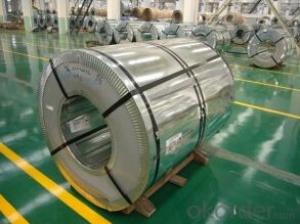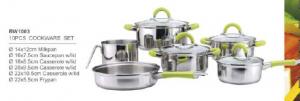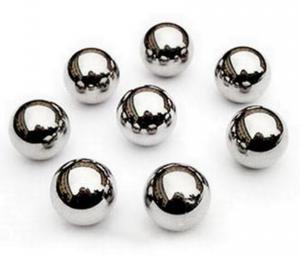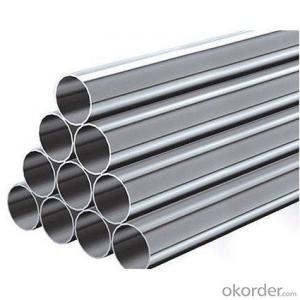Sus 304 Stainless Steel
Sus 304 Stainless Steel Related Searches
Best Paint For Stainless Steel Blanket Insulation For Steel Buildings Primer For Galvanized Steel Foam Filter For Stainless Steel H S Code For Stainless Steel Surface Grinding Wheels For Stainless Steel Surface Grinding Wheels For Hardened Steel Hole Saw For Stainless Steel Paint For Stainless Steel Stainless Steel For BbqHot Searches
Steel Mesh Panels For Sale Price For Stainless Steel Scrap Scrap Price For Stainless Steel Price For Stainless Steel Stainless Steel Tank For Sale Stainless Steel Sheets For Sale Cheap High Tea Sets For Sale Stainless Steel Tanks For Sale Stainless Steel For Sale High Density Fiberboard For Sale Solar Hot Water Collectors For Sale Scaffolding For Sale In Uae Scaffolding For Sale In Ireland Scaffolding For Sale In Houston Type Of Inverter For Solar Price Of Shipping Containers For Sale Types Of Inverter For Solar Stock Price For Aluminum Used Solar Inverter For Sale Steel Mesh Panels For SaleSus 304 Stainless Steel Supplier & Manufacturer from China
Okorder.com is a professional Sus 304 Stainless Steel supplier & manufacturer, offers integrated one-stop services including real-time quoting and online cargo tracking. We are funded by CNBM Group, a Fortune 500 enterprise and the largest Sus 304 Stainless Steel firm in China.Hot Products
FAQ
- Yes, stainless steel pipes are suitable for compressed air systems. Stainless steel has excellent corrosion resistance, high strength, and can withstand high-pressure conditions, making it a reliable choice for transporting compressed air. Additionally, stainless steel pipes are durable and have a long lifespan, minimizing the need for frequent replacements.
- Indeed, heat exchangers can make use of stainless steel pipes. The reason behind the popularity of stainless steel for heat exchangers lies in its remarkable resistance to corrosion, ability to withstand high temperatures, and durability. Its capability to endure variations in pressure and temperature renders it appropriate for diverse heat exchange applications. Moreover, stainless steel pipes exhibit commendable thermal conductivity, enabling efficient heat transfer. Moreover, stainless steel proves to be a dependable and long-lasting choice for heat exchangers in numerous industries like chemical, pharmaceutical, food processing, and HVAC, owing to its ease of cleaning and maintenance.
- Stainless steel pipes are indeed suitable for steam systems due to their remarkable resistance to corrosion and high temperatures. This material is renowned for its ability to carry steam without deteriorating or corroding, thus ensuring the efficiency and safety of the steam system. Moreover, stainless steel pipes possess low thermal conductivity, which aids in reducing heat loss during the transportation of steam. Consequently, these pipes are highly favored in diverse industries for their durability, reliability, and long lifespan.
- The difference between 304J5 and 316J5 stainless steel pipes lies primarily in their chemical composition and corrosion resistance properties. 304J5 stainless steel is a type of austenitic stainless steel that contains 18-20% chromium and 8-10% nickel. It also has a small amount of manganese and carbon. This composition provides excellent strength, durability, and resistance to corrosion, making it suitable for various applications like plumbing, food processing, and chemical industries. However, 304J5 is not as resistant to corrosion in chloride environments as 316J5 stainless steel. On the other hand, 316J5 stainless steel is a higher grade of stainless steel that contains 16-18% chromium, 10-14% nickel, and 2-3% molybdenum. The addition of molybdenum significantly enhances its resistance to corrosion, especially in chloride-rich environments like marine or coastal areas. This makes 316J5 stainless steel pipes more suitable for applications where exposure to saltwater or corrosive chemicals is common, such as in marine equipment, chemical processing plants, and coastal structures. In summary, while both 304J5 and 316J5 stainless steel pipes offer good corrosion resistance, the presence of molybdenum in 316J5 provides it with superior resistance to corrosion, particularly in chloride-rich environments. Therefore, the choice between the two depends on the specific application requirements and the level of corrosion resistance needed.
- The pressure rating of stainless steel pipes can vary depending on several factors such as the grade of stainless steel, the wall thickness of the pipe, and the diameter of the pipe. Generally, stainless steel pipes have high pressure ratings due to the strength and corrosion resistance of the material. However, it is essential to consult the relevant standards and specifications to determine the exact pressure rating for a specific stainless steel pipe. These standards, such as ASME B31.3 or ASTM A312, provide guidelines and calculations for determining the maximum allowable working pressure (MAWP) based on the aforementioned factors. It is crucial to ensure that the pressure rating of the stainless steel pipes is appropriate for the intended application to maintain safety and prevent any potential failures or leaks.
- Indeed, stainless steel pipes are perfectly suitable for marine environments. With its exceptional resistance to corrosion and rust, stainless steel emerges as the ideal material for marine applications. It can effectively endure the severe conditions of saltwater, including elevated humidity levels, moisture, and exposure to diverse chemicals. Given their durability and enduring performance, stainless steel pipes are extensively utilized in marine vessels, offshore platforms, and various other marine structures. These pipes offer remarkable strength and reliability, even in the face of challenging environments, thus rendering them the preferred choice for marine applications.
- What's the difference between cold drawn steel tube and hot rolled steel tube?
- Cold drawn steel tubes are produced by drawing, extruding, piercing and the like. The whole steel pipe has no seams. It's a round, square, rectangular steel with a hollow cross section without any seams. It is made of steel ingot or solid pipe blank by piercing and then made by cold casting.















































